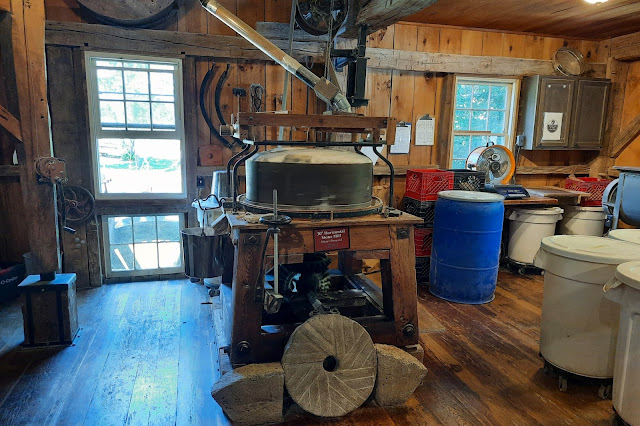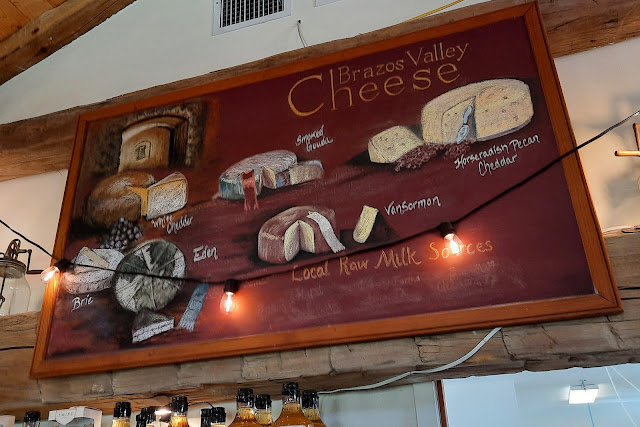Longing for another adventure we hopped in the truck and took off south of the Dallas-Fort Worth metroplex to the Central Texas town of Waco, Texas, with our final destination being that of Homestead Heritage.
If you'd like to see our video on Homestead Heritage you can find it here on our YouTube Channel. Like and subscribe so you don't miss any of our newest adventures!
Homestead Heritage is an agrarian and craft-based, intentional Christian community. The lifestyle of the community stresses simplicity, sustainability, self-sufficiency, cooperation, service and quality craftsmanship. It also strives to live in peaceful coexistence with the land, other people and other faiths.
The community is made up of a 550 acre farm and numerous, small family homesteads. At the farm they grow wheat, oats, barley, corn, potatoes, sweet potatoes, sweet sorghum, pinto beans and a cornucopia of fruits and vegetables.
It mills its own grains in the community’s water-wheel-run gristmill, which is housed in a historic 250-year-old, hand-hewn, timber-framed mill. It holds an annual sorghum festival, harvesting cane and processing it into sweet syrup through its mule-driven sorghum mill. Whatever farm or ranch-raised produce the community itself doesn’t use is sold through the gristmill, through the community’s restaurant, through its market or else is given away.
Homestead is internationally known for its quality craftsmanship. In its Craft Village, the community has a pottery house, a blacksmith shop, a cheese-making house, a woodworking and fine furniture-making shop, and a fiber-crafts cottage that features spinning, knitting and weaving. These shops are run by award-winning craftsmen and are open year-round to the public.
Homestead furniture makers have won top awards across the country and, by Presidential request, contributed fine pieces to the permanent White House Collection. Their work has been featured in numerous national publications.
The highest quality crafts, which either journeymen or master craftsmen create, are sold year-round in the eighteenth-century barn that the community restored and erected in their Craft Village. Numerous other restored eighteenth and nineteenth century historic structures also serve the community’s own needs as seminar rooms, a weaving and spinning workshop, a gristmill as well as cheese making, bread making and food preservation classrooms.


































No comments:
Post a Comment